Is a Trunk Considered a Door? Facts & FAQ
-
Pete Ortiz
- Last updated:
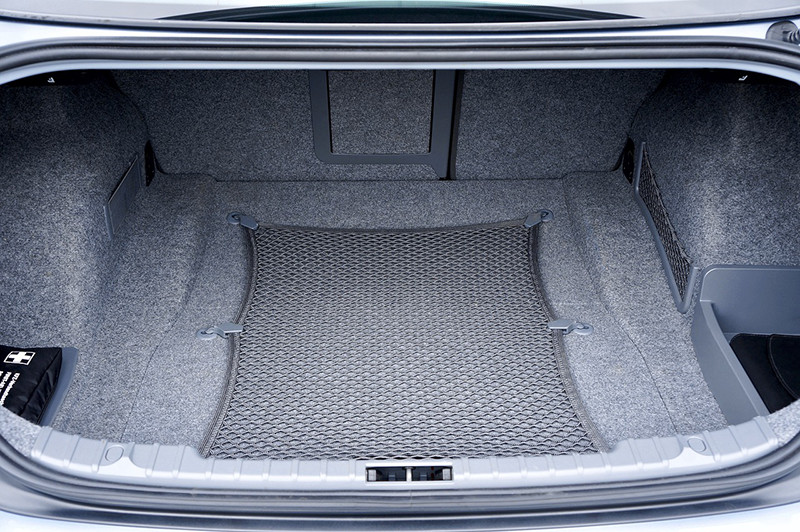
Most vehicles, from sports cars to vans, have that space to put your belongings when you’re on the road. In sedans, hatchbacks, and SUVs, sometimes front or back, the luggage compartment is standard on any cars sold today. But while you’ll find these marketed as three or five doors, the rear one that covers the trunk isn’t considered a door.
Nowadays, many high-end vehicles feature electrical tailgates or ‘lift-gate’ that open and close at the touch of a button. But if these aren’t doors, what’s their purpose and why are they sold as such? Read on to discover why this rear hatch isn’t considered a door and its practicalities.
What Is the Door of a Trunk Called?
In the US, when the opening to a car’s cargo area is hinged either at the bottom, side or top, it’s called a tailgate or rear hatch. Often located at the back or front on specific models, this door provides access to the vehicle’s luggage compartment or trunk.
Before becoming the standard in the 1930s, drivers would strap travel chests known as trunks to the back of cars like the mass-produced model-T Fords. Despite automakers coming up with a rear-designed trunk that’s competent on all vehicles, the name still stuck.
Traditionally, especially in the US, a trunk door hinged at the bottom served as workbenches or mounts. In modern times, however, hinged-board tailgates are movable to aid in lifting and offloading, commonly in trucks and vans.
Also called the boot, a car’s trunk comes with a hinged ‘door’ commonly termed hatch or tailgate, particularly on station wagons, hatchbacks, sedans, and SUVs. The luggage compartment gets its name from the boot locker, a boxy chest-like compartment used to store boots on horse-drawn carriages.
A car’s back door will often open from the top, bottom, or sideways and operate semi-autonomously or automatically, depending on the size. A latch holds some doors that a driver can operate from the cabin when opening to let a passenger place or pick up luggage.

Why Do Americans Call It a Trunk?
While the British call it the boot, Americans refer to the luggage compartment of a car as a trunk, but there’s no difference in function or usage. It’s typically located in the rear of the vehicle, although some cars have it in front, and then it’s called a frunk.
The term trunk is derived from when cars had no space for luggage in their interiors, and instead, drivers would strap seafarers’ trunks at the rear. Today, the trunk is fashioned within the vehicle, ensuring a satisfactory amount of load space is available in coupes, sedans, hatchbacks, and SUVs.
What Do Brits Call a Car Trunk?
In Britain and much of the UK’s former colonial territories, the compartment for luggage in a car is called the boot. It’s a word whose origin is debated, with consensus on its reference to the boot locker that constituted 18th-century horse-drawn carriages.
Similar to the chest from which the American trunk gets its name, the boot locker carried boots and other particulars, doubling as the coachman’s seat. The term ‘ boot locker’ was later shortened to boot when cars replaced carriages and has since stuck.
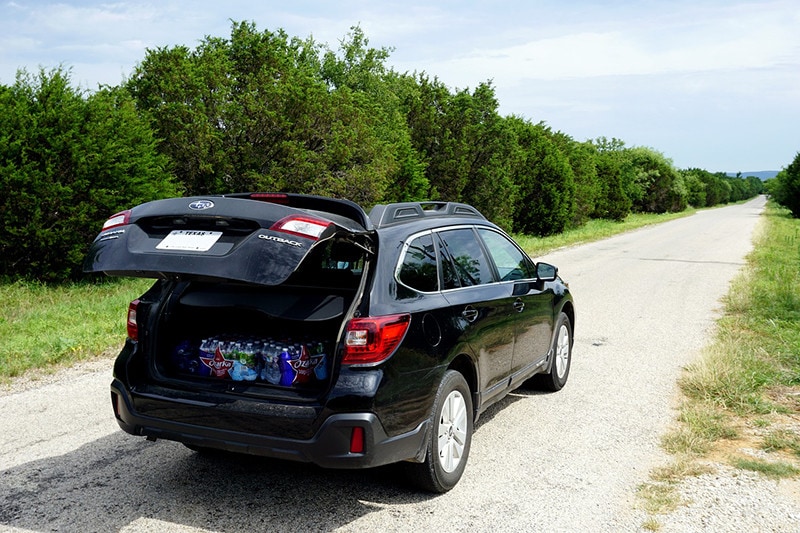
Why Is the Trunk Called Dickie in South Asia?
In areas once under British rule, the rear compartment of a car is called a dickie, similar to the English term for rumble seats. That’s because before cars had trunks, locals would strap luggage on the rarely used dickie seats in the back.
While dickie seats are no longer manufactured, the luggage compartments that replaced them came to take the same name. Besides boot and trunk, this has become another name for the area often covered by a hatch or tailgate in cars and vans.
Difference Between a Tailgate, Hatch, and Back or Rear Doors
The term tailgate can be traced back to the inter-collegiate game between Princeton and Rutgers in 1869, according to the American Tailgate Association. During the match, the gathered spectators used their horse carriage tail ends to grill sausages, a practice that gave rise to the name.
While tailgating means driving close enough to touch another driver’s rear fender, tailgates initially consisted only of hinged openings at the back of pickup trucks. Any door, however, not meant for people’s entry or exit unless in emergencies, isn’t considered a door.
Back, rear, or hatch doors are located anywhere on a car, whether in the rear, front, or above in the case of camper vans. But while the tailgate is often reserved for trucks, station wagons, and SUVs, you’ll find the tailgate referred to as a hatchback door.
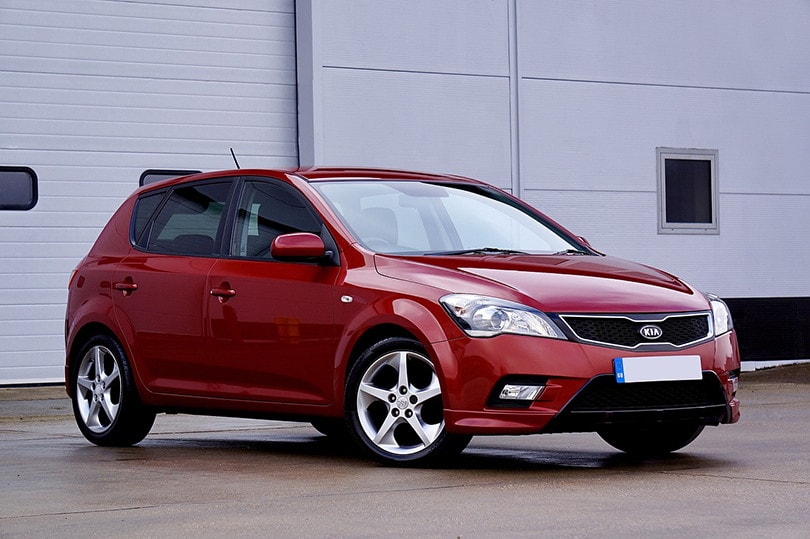
Why the Hatch Is Not Considered a Door?
In the North American automobile market, a door is designated for passengers’ egress, and cargo openings have their own descriptions. For instance, you’ll hear these doors called hatches, lifts, and tailgates depending on the vehicle’s design and function.
A two-door coupe will have two doors for the driver and passenger, plus a rear hatch covering the luggage compartment. Station wagons or sports utility vehicles have four doors, as the back opening into the trunk area isn’t considered a door.
Is a Car Bonnet a Door?
The bonnet is a hinged covering over a car’s engine called a hood, and it’s not considered a door. Its purpose is as a hatch to provide protection and access to the front or back-placed engines during repair or maintenance.
A car bonnet, also known as the hood, isn’t a door, even though it has hinges and an opening latch for securing the engine. Carmakers adapted the design from cars that had uncovered engines that often failed due to exposure to the elements.
The rear hatch on a car can’t be considered a door since it doesn’t allow the access or egress of passengers other than luggage. Tailgates, whether they open from the top, bottom, or side, aren’t designed or designated as entryways and are, as such, not considered doors.
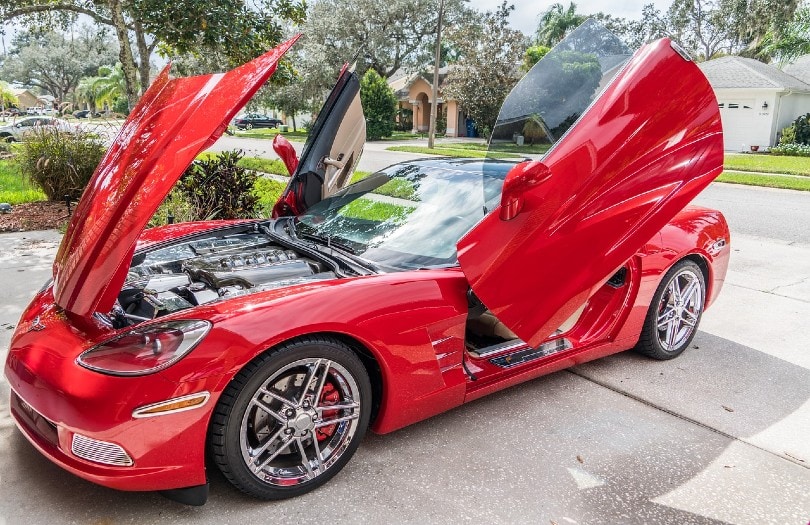
Is a Hatchback Considered a 5-Door?
Car manufacturers, particularly from Europe or Asia, will market their sedans, hatchbacks, and SUVs as five instead of four-door vehicles. But industry insiders don’t consider a hatchback a five-door saloon consisting of cars with cargo-access doors.
It’s related to a station wagon, but a hatchback has superior cargo space compared to sedans, allowing for easier access within the vehicle’s interior. While two or three-door hatchbacks exist, they typically have four, often misquoted as five.
Since 1930, when the body style for hatchbacks was in use, it was only until the 70s that the term became synonymous with that type of car. Carmakers provide the hatchback style as an option on most brands, and it’s available for family, executive, or compact cars.
When Is a Car a Three or Five-Door?
If any car has a rear compartment and doorway large enough and designed for entrance or exit, it’s considered an extra door. Technically, that’s a hatch or tailgate opening that allows you to climb into and sit on benches or seats in a vehicle’s luggage area.
Other car models will have two doors at the back that double as access for luggage alongside passengers. Three-door cars have two on each side plus the rear, while five-door sedans, SUVs, or hatchbacks feature four side doorways and one at the rear.
What’s a 4-Door Car?
Any body shape from a van, sedan, coupe, or SUV is a 4-door car, especially if they have two rows of seats and a rear hatch to which is considered a 4-door car. Four-door cars have a door opening next to each side of the seats for easier, safer entry and exit that are recommended for use.
Contrary to popular belief, the rear trunk opening isn’t considered a door, especially on sedans and hatchbacks, whether economy or sports. Midsize four-door vehicles are suited to families while compacts are fuel efficient but spacious enough to accommodate four doors.
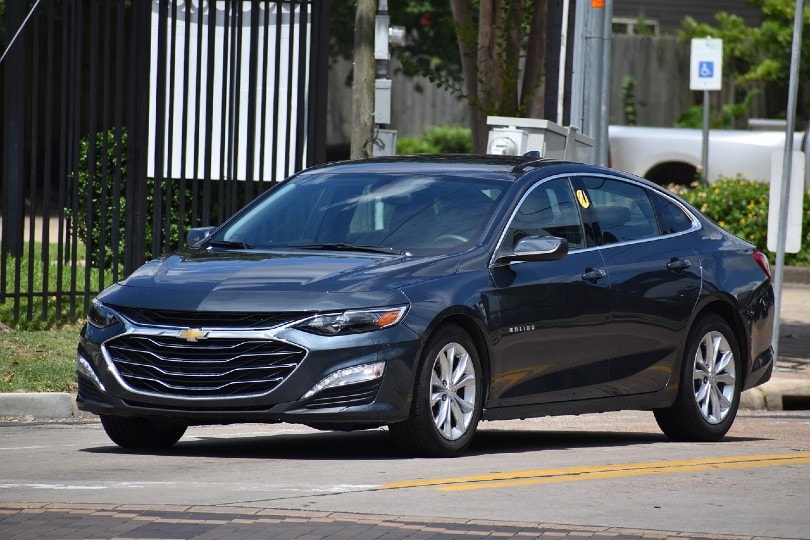
Do Marketers Use the Term Three or Five-Door to Mislead Buyers?
As the trunk isn’t considered a door, there’s little mileage to gain as an auto sales marketer quoting a four-door car as having five doors. In manufacturer’s definitions and designations for the vehicle’s components, the rear or luggage door is also used to indicate the hatch for the trunk.
However, that stands contradictory to the definition of a door set aside for the egress of people or animals within the auto industry. Here you’ll find terms like tailgate, hatch, or window used to indicate any opening that offers access to compartments.
In Conclusion
The US market has many different types, sizes, and shapes of car doors, but the trunk isn’t considered a door. That’s because a door allows passenger or driver access, not the covering over a luggage compartment or the engine.
Although some marketers will call these cars 3-door or 5-door, the hatch covering the luggage compartment isn’t typically considered a door. Instead of a door, a hatchback or sedan with a trunk will have a hatch or tailgate, constituting access to the luggage compartment.
- http://www.worldwidewords.org
- https://forum.wordreference.com
- https://www.theaa.com
- https://www.kbb.com
- https://www.thehogring.com
- https://prestonhood.net
- https://www.dependablepickup.com
- https://www.citygm.com
- https://lemonbin.com
- https://www.suvradar.com
- https://en.wikipedia.org
- https://www.quora.com
Featured Image Credit: AutoPhotography, Pixabay
Contents


